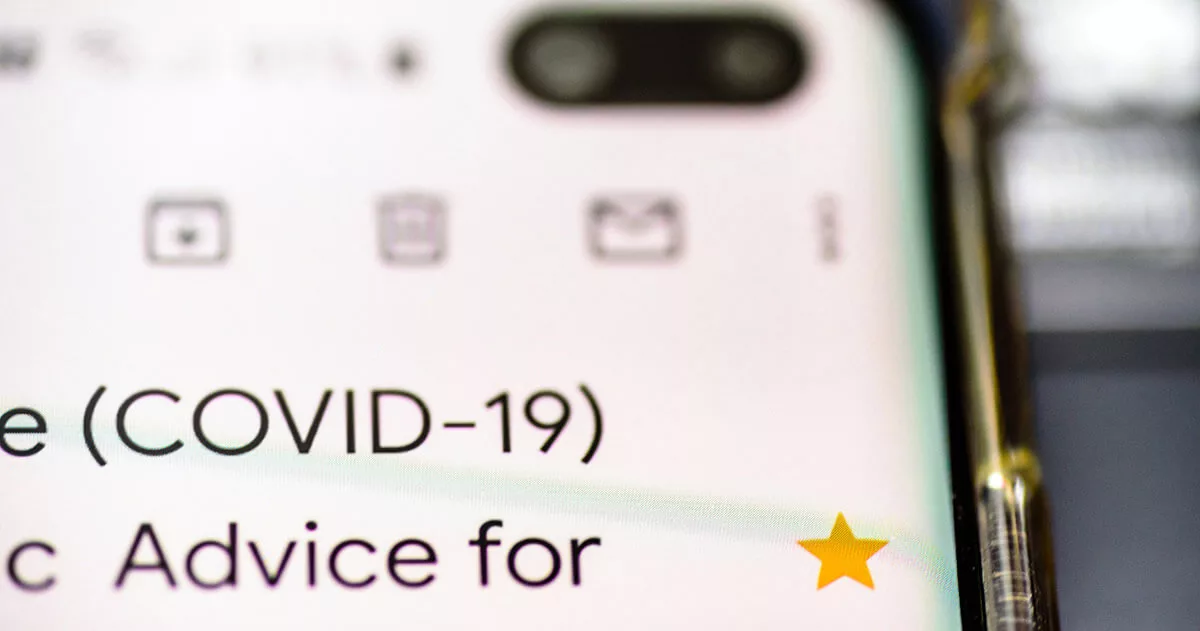By Jackie Liu
In the public relations world, there are a handful of case studies that serve as sterling examples of effective crisis communications. Tylenol and Diet Pepsi stand out. In each of these cases, leadership set the tone for the response. Organizations reacted quickly, communicated frequently and outlined a clear action plan with a timeline and solution options. In hindsight, it’s now well-understood that the public’s perception of danger outweighed any actual health risks.
This time it’s different.
Early on, many people believed the coronavirus fears could likely be contained with good PR messaging. Companies rushed to put out their own statements alerting customers that they were open for business and sanitizing public spaces “out of an abundance of caution” – a phrase that will live in infamy for quite some time. Within a matter of days, all hell broke loose. As of publication, 41 states have asked residents to shelter in place.
The impact of COVID-19 is unprecedented and devastating. It’s forcing business leaders to make difficult decisions to protect their employees’ health and safety, as well as their companies’ financial position. The duration of the crisis is even more uncertain, which makes it even more challenging to develop an action plan. For PR professionals who are tasked with managing communications, this is akin to building a plane, and flying it at the same time. Here’s what we’ve learned so far:
Communication must take place in real time.
With updates from the federal government and health officials coming out daily, writers must be prepared to draft documents quickly and executives must be prepared to respond after hours. If possible, limit the number of decision-makers who must put their stamp of approval on items like press releases.
Reiterate your commitment to health and safety above all.
Say it often, and mean it every time. Leadership must prioritize the health and welfare of employees, customers and guests above all. Companies must be prepared to identify and reverse-engineer communications to address safety risks and solutions.
Share updates across multiple platforms.
Technology wins the day here. Here are some ideas to consider:
• Create a dedicated COVID-19 information landing page on your corporate website.
• Post a video message from the CEO affirming the company’s commitment to health and safety, while thanking health care workers every time.
• Create informative social media assets for easy sharing and reposting.
For more agency insights, visit our WellRed archives






